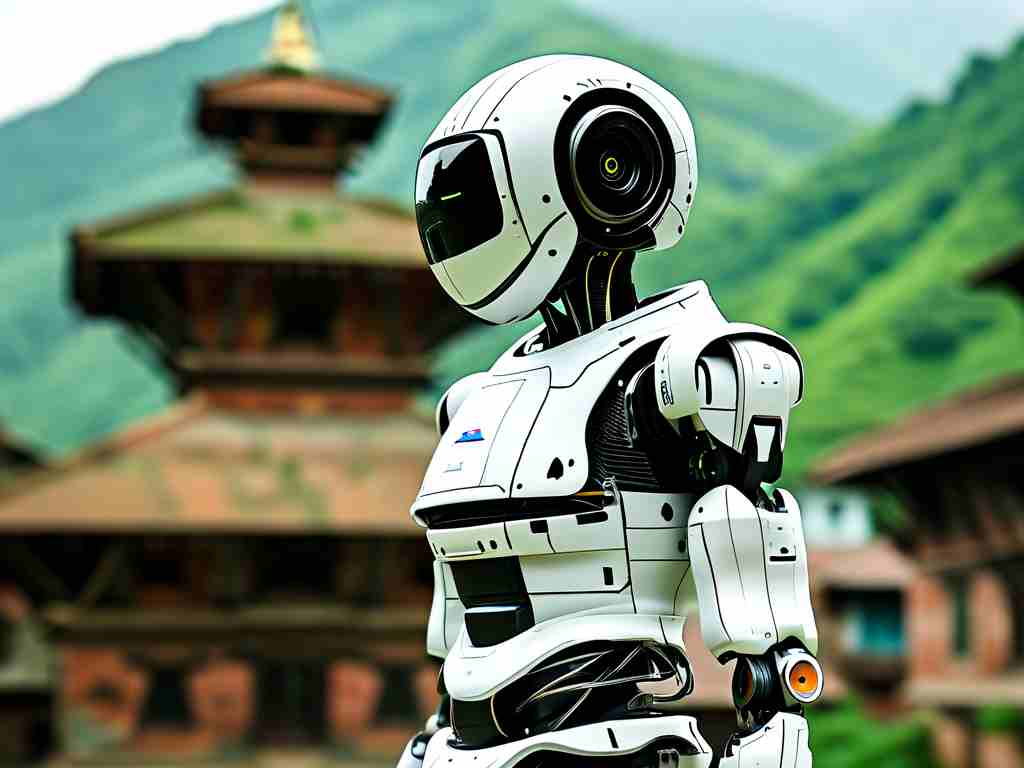Nestled between the towering Himalayas and lush plains, Nepal has long been celebrated for its cultural heritage and natural beauty. Yet, beneath this traditional facade, a quiet technological revolution is unfolding—one centered on robotics. Over the past decade, Nepal’s tech enthusiasts, educators, and entrepreneurs have begun exploring the potential of robotics to address local challenges, inspire youth, and position the country as an emerging player in South Asia’s innovation landscape.

A Growing Ecosystem of Innovation
The rise of robotics in Nepal is driven by grassroots initiatives and academic curiosity. Universities like Tribhuvan University and Kathmandu University now integrate robotics into engineering curricula, while organizations such as the Nepal Robotics Association host workshops and competitions. These efforts aim to demystify robotics for students, many of whom lack access to advanced tools. For instance, the annual National Robotics Championship attracts over 500 participants, with teams designing robots capable of tasks like disaster relief simulations and agricultural automation.
One standout example is Team Robo Karma, a student-led group from Pokhara that developed a low-cost prosthetic arm using 3D-printed components and Arduino-based sensors. Their project, initially a college thesis, gained international attention after winning a regional innovation grant. Such stories highlight how limited resources are fostering creativity rather than stifling it.
Bridging Practical Needs and Technology
Nepal’s rugged terrain and vulnerability to natural disasters have made robotics a pragmatic focus. After the 2015 earthquake, drones equipped with thermal cameras were deployed to locate survivors under rubble—a collaboration between local engineers and international NGOs. This experience spurred homegrown projects, including a startup called SkyEye, which specializes in disaster-response drones tailored for Nepal’s mountainous regions.
Agriculture, the backbone of Nepal’s economy, is another area seeing robotic experimentation. Small-scale farmers are testing solar-powered irrigation bots and soil-analysis drones to combat water scarcity and climate shifts. A pilot project in the Terai region reported a 20% increase in crop yields after using sensor-based systems to optimize planting schedules. These innovations remain nascent but signal a shift toward tech-driven problem-solving.
Challenges and Local Adaptations
Despite progress, Nepal’s robotics journey faces hurdles. Limited funding, erratic electricity, and sparse manufacturing infrastructure force innovators to rely on imported components, inflating costs. A basic educational robot kit, for example, can cost a month’s salary for many families. To circumvent this, collectives like RoboHub Nepal advocate for open-source designs and recycled materials. Their “MakerSpace” in Lalitpur provides tools for students to build robots using discarded electronics—a practice echoing the global “frugal innovation” movement.
Cultural perceptions also play a role. While urban youth embrace robotics, rural communities often prioritize traditional livelihoods over tech education. NGOs are addressing this by aligning robotics with local needs. In Mustang, a wind-powered robot designed to herd goats and monitor pastures has gained acceptance among herders, blending ancient pastoral practices with modern automation.
The Road Ahead
The future of Nepali robotics hinges on collaboration. Partnerships with Indian and Chinese tech institutes are growing, enabling knowledge exchange and joint research. Meanwhile, diaspora networks in Silicon Valley and Europe are channeling expertise and funding back home. The government’s recent draft of a National Robotics Policy—though still in early stages—aims to formalize support through grants and incubators.
Critics argue that Nepal should focus on basic infrastructure before advanced tech. Yet proponents counter that robotics isn’t a luxury but a tool for leapfrogging development gaps. As Dr. Anjali Shrestha, a robotics educator at Kathmandu Tech Labs, notes, “We’re not just building machines; we’re building a mindset that Nepal can innovate on its own terms.”
In a nation where tradition and modernity coexist, robotics is becoming a symbol of resilience and ambition. From classrooms to farmlands, Nepal’s robotic pioneers are proving that innovation thrives not in spite of constraints, but because of them.









